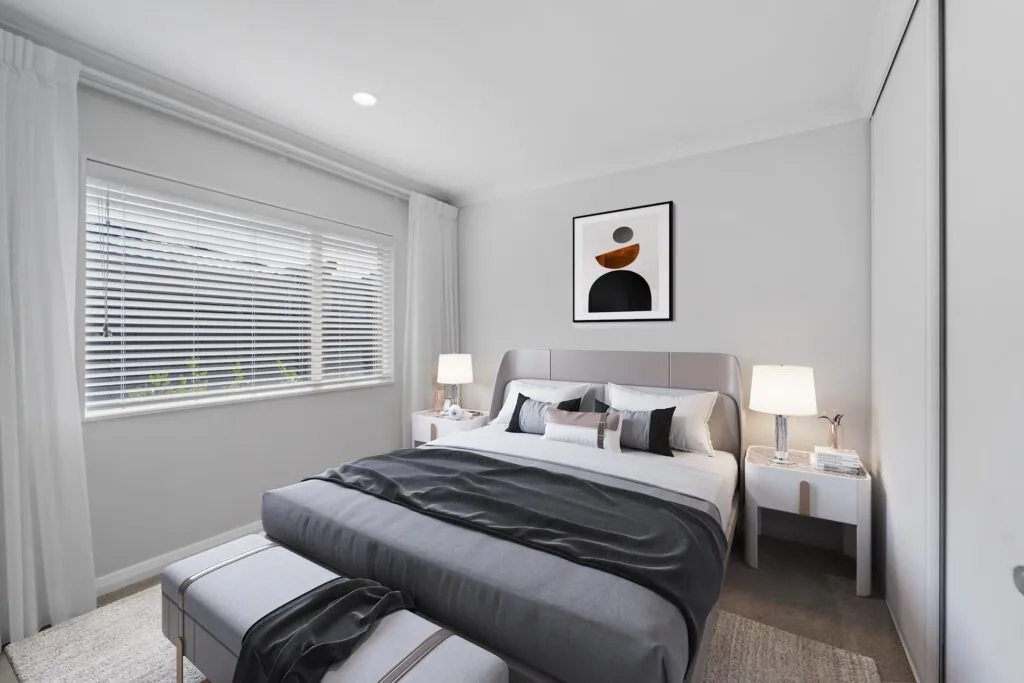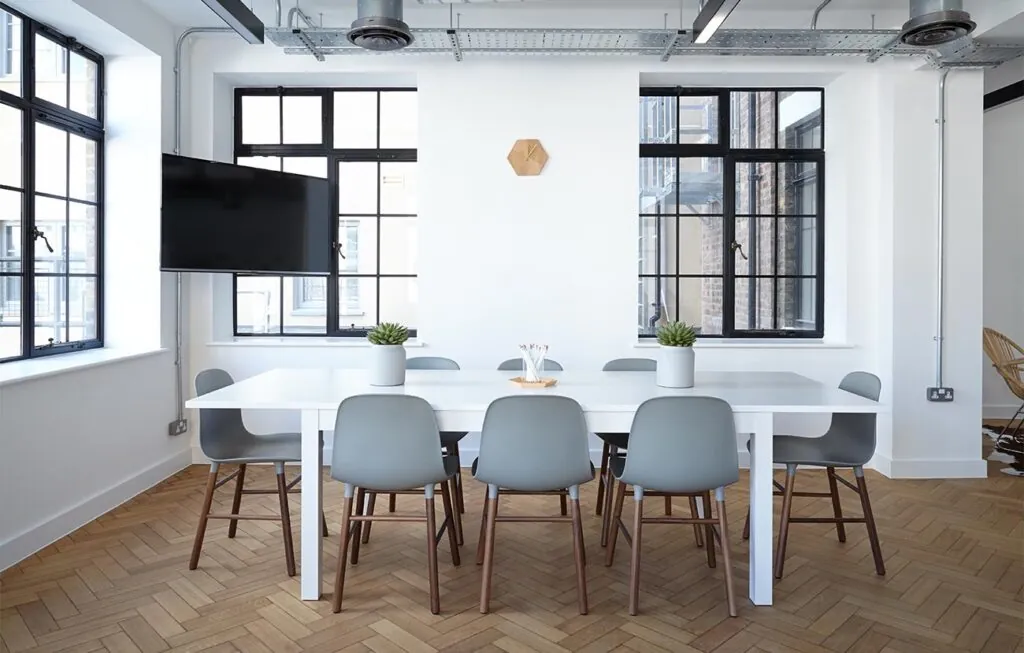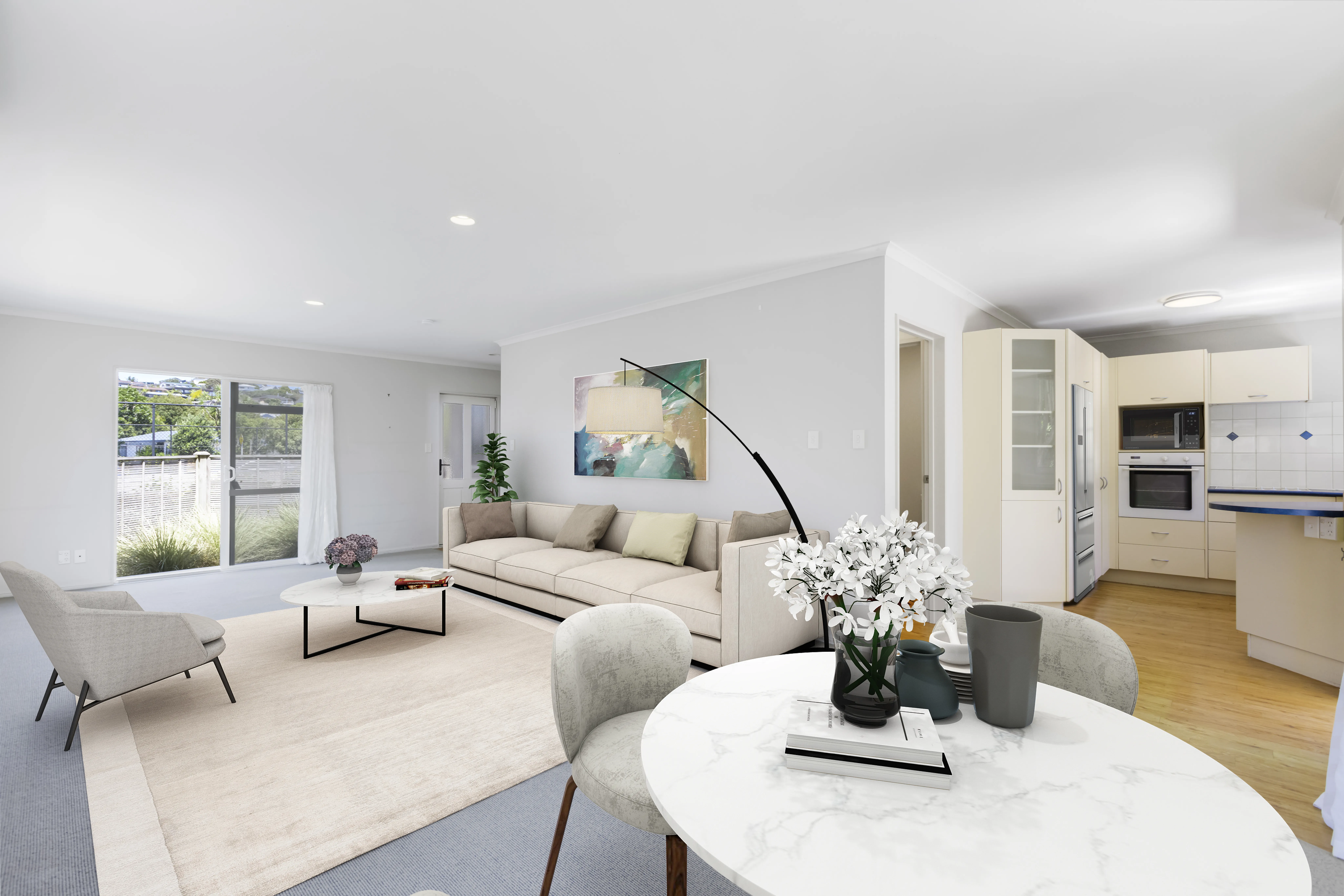
11 Photo Editing Mistakes Every Photographer Should Avoid
Introduction: The Cost of Photo Editing Mistakes
In the digital age, the power to transform a photo in seconds has made editing more accessible than ever. But with that power comes risk—and the risk is Photo Editing Mistakes.
Whether you’re a hobbyist editing for Instagram or a professional delivering client galleries, errors in post-processing can undermine your credibility and the quality of your work. According to a survey by Neurapix, over 58% of photographers report feeling mental exhaustion from editing sessions, and 68% of professionals admit they’ve lost repeat business due to poor or rushed edits.
With the right awareness and techniques, these common pitfalls can be easily avoided. In this blog, we’ll explore the 11 most common Photo Editing Mistakes—and how to fix them like a pro.
Photo Editing Mistakes #1: Over-Saturation
Cranking up the saturation may seem like a quick way to add impact, but too much color creates unrealistic and sometimes jarring results.
Why It Happens:
Photographers often use saturation to compensate for dull lighting or lack of contrast. However, pushing it too far makes skin tones look orange, skies turn neon, and foliage appear radioactive.
How to Fix It:
- Use the vibrance slider instead of saturation—it targets muted colors more subtly.
- Keep an eye on skin tones and neutral areas.
- Step away and come back to re-evaluate with fresh eyes.
Pro Tip: Over 60% of beginner editors tend to over-saturate portraits, according to Zestee.

Before: Empty Room

After: Virtual Staging by Digihomestudio.com
Photo Editing Mistakes #2: Excessive Sharpening
Too much sharpening can destroy an otherwise clean image by introducing halos, grain, or unwanted textures.
Why It Happens:
Sharpening is often applied globally, even where it’s not needed—like smooth skin or out-of-focus backgrounds.
How to Fix It:
- Apply sharpening selectively, focusing on key details (like eyes).
- Use tools like the high-pass filter in Photoshop with masking.
- Avoid stacking multiple sharpening tools (e.g., Lightroom + Topaz).


Photo Editing Mistakes #3: Ignoring the Background
You may have nailed the subject, but a cluttered or distracting background can ruin the impact.
Why It Happens:
Editors often focus solely on facial retouching and color correction, forgetting to clean up the environment.
How to Fix It:
- Crop strategically to eliminate distractions.
- Use the clone stamp or content-aware fill tools.
- Apply a subtle Gaussian blur to background elements if needed.


After: Virtual Staging by Digihomestudio.com
Photo Editing Mistakes #4: Overuse of Filters and Effects
Instagram-style filters may give your photo a trendy look, but they can also make it feel artificial and dated.
Why It Happens:
Presets and filters are often over-applied without further adjustment, especially by beginners.
How to Fix It:
- Use filters as a starting point, not the final result.
- Always adjust opacity or tweak settings for each image.
- Compare before-and-after images in grayscale to evaluate real impact.
Photo Editing Mistakes #5: Poor Cropping and Composition
Cropping errors can ruin the visual flow, cut off important elements, or place the subject awkwardly.
Why It Happens:
Many photographers crop without understanding framing rules or aspect ratio considerations.
How to Fix It:
- Follow the rule of thirds or use compositional guides.
- Avoid cropping at joints (elbows, ankles, fingers).
- Maintain proper aspect ratio for the intended platform (social, print, web).
Photo Editing Mistakes #6: Incorrect White Balance
Nothing screams amateur like unnatural skin tones due to an off-white balance. Think bluish indoor portraits or overly warm outdoor shots.
Why It Happens:
Auto white balance often misjudges mixed lighting situations (e.g., indoor tungsten + daylight).
How to Fix It:
- Shoot in RAW to allow for better post-correction.
- Use a gray card when shooting.
- Adjust manually using the white balance selector in Lightroom or Photoshop.
Photo Editing Mistakes #7: Blown-Out Highlights and Crushed Shadows
Blown highlights (pure white areas) and crushed shadows (pure black) result in a loss of detail, depth, and dynamic range.
Why It Happens:
Over-editing contrast, exposure, or clarity without checking the histogram.
How to Fix It:
- Use the histogram to monitor your exposure levels.
- Use the “recover highlights” and “lift shadows” tools in RAW editors.
- Consider selective dodging and burning for local tonal control.
Photo Editing Mistakes #8: Inconsistent Color Grading Across a Series
If you’re editing a batch of photos—wedding, event, or product shoot—inconsistency breaks cohesion and appears unprofessional.
Why It Happens:
Editing one image at a time without syncing settings or using a unified preset.
How to Fix It:
- Use Lightroom’s Sync Settings to apply consistent edits.
- Create a custom preset and apply it uniformly, adjusting slightly for each image.
- Compare images side by side before final delivery.
Photo Editing Mistakes #9: Destructive Editing
Working on the original file without layers or history states means there’s no going back. One wrong move, and the data’s gone.
Why It Happens:
Editing JPEGs directly, flattening layers, or overwriting the original file.
How to Fix It:
- Always work in non-destructive mode using layers and adjustment layers.
- Save work in PSD or TIFF formats before exporting final JPEGs.
- Use Smart Objects in Photoshop for filters and transformations.
Photo Editing Mistakes #10: Wrong Format or Resolution
Choosing the incorrect format or resolution can destroy print quality or create massive file sizes unsuitable for the web.
Why It Happens:
Lack of understanding of resolution requirements for different media.
How to Fix It:
- Use 300 DPI for prints, 72 DPI for web.
- Export to JPEG or PNG for online use, TIFF for print or archive.
- Know your platform: Facebook compresses images more than Instagram, which compresses more than print.
Photo Editing Mistakes #11: Not Calibrating Your Monitor
Editing on an uncalibrated monitor often results in prints or exports that look completely different from what you saw on screen.
Why It Happens:
Most displays are too bright or color-imbalanced out of the box.
How to Fix It:
- Use tools like X-Rite i1Display or Datacolor Spyder to calibrate.
- Set your workspace lighting to neutral (ideally 5000K–6500K).
- Calibrate monthly, especially for client or print work.

Pro Habits That Prevent Photo Editing Mistakes
Avoiding these 11 Photo Editing Mistakes is about mindset and workflow. Here are essential habits to help:
- Take breaks: Over 50% of photographers report fatigue after 1–2 hours of editing (Neurapix).
- Use consistent presets and editing libraries for batch jobs.
- Zoom in and out constantly while editing to catch both details and overall balance.
- Edit in layers, even if you’re only making basic adjustments.
- Proof on multiple screens (mobile, desktop, calibrated monitor) to check color consistency.

Suggestions for Virtual Staging & Professional Photo Editing Services
If you are looking for a professional virtual staging service at an affordable price, Digihomestudio.com is a worthy place for you to trust and accompany. You can expect to invest around $29 for a meticulously designed and lifelike final image, suitable for showcasing your home across various digital platforms.
We have a network of world-class virtual stage editors and designers in Vietnam. To ensure the best level of service, the customer service team is located in the US.
Our virtual home staging services include:
- Staging for empty or furnished rooms
- 2D and 3D floor plans
- Change the color of the walls and floors
- Virtual renovation
- Erase furniture and small objects
- And much more!
If you’re prepared to elevate your real estate marketing strategies, reach out to Digihomestudio.com now and experience the benefits of collaborating with one of the top virtual staging firms available today.

Virtual Staging by Digihomestudio.com
Conclusion: Fixing Photo Editing Mistakes is a Skill, Not a Shortcut
Every photographer makes mistakes—what separates pros is the ability to learn from them. Avoiding these 11 common Photo Editing Mistakes can dramatically improve your images, your workflow, and your client satisfaction.
Keep your edits subtle. Work non-destructively. Be consistent and thoughtful. Most importantly, treat your health as part of your editing toolkit.
Have you ever made a major Photo Editing Mistake? Share your story or your best fix in the comments below. Let’s learn from each other.





Leave a Reply